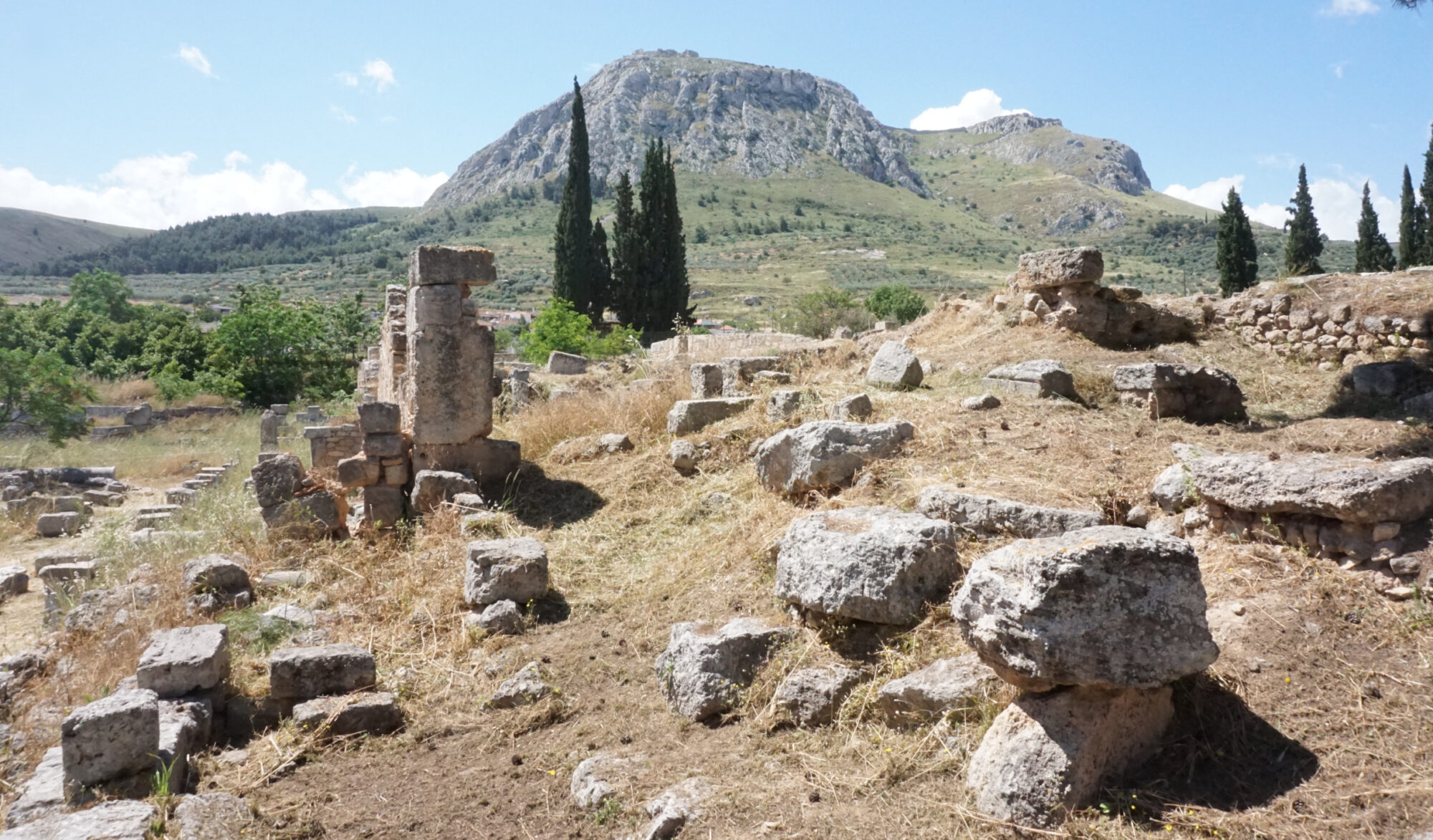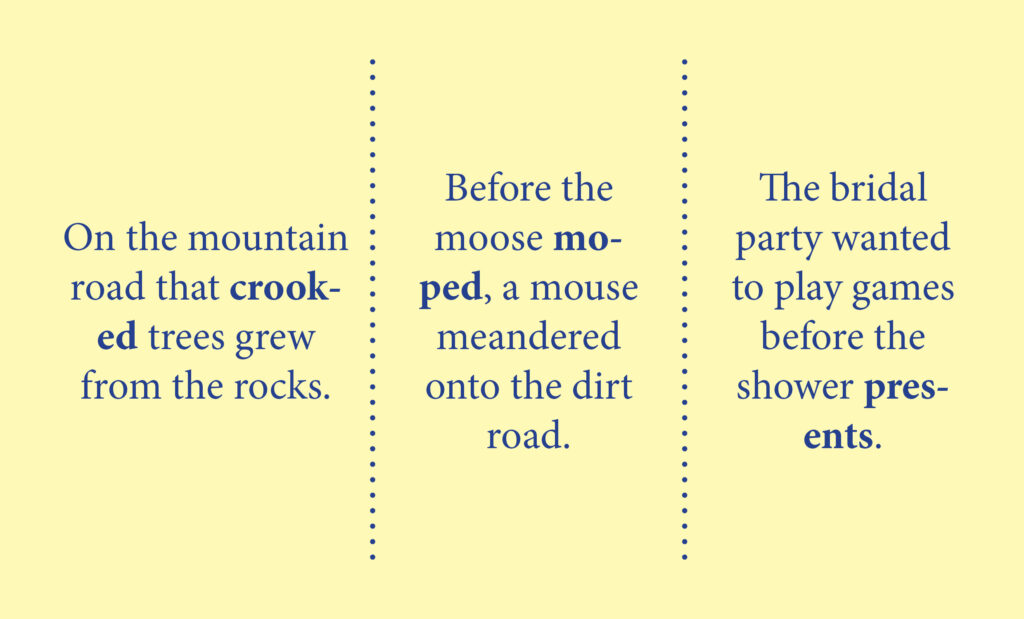Nowadays, anyone can create their own website. Issues of design include branding, usability, and search engine optimization. Often, though, those creating websites overlook editorial style. When editing, copyeditors create a style sheet. This defines the editorial specifications for the manuscript. Such a tool is also useful for the creation of a professional-looking website. Consider these questions for stylistic choices:
- What heading style do you want to use? Sentence case or title case (or even capitalization of every word)?
- In title case, do you capitalize the second word in a hyphenated compound?
- In a heading or after a sentence, do you capitalize the first word after a colon?
- Do you want to use the serial comma?
- Do you want to hyphenate prefixes and suffixes?
- Do you want a space before and after an em dash?
Ultimately, the choice of style belongs to the website’s creator. A style sheet is a valuable guide that allows for consistent usage of style throughout a website.



